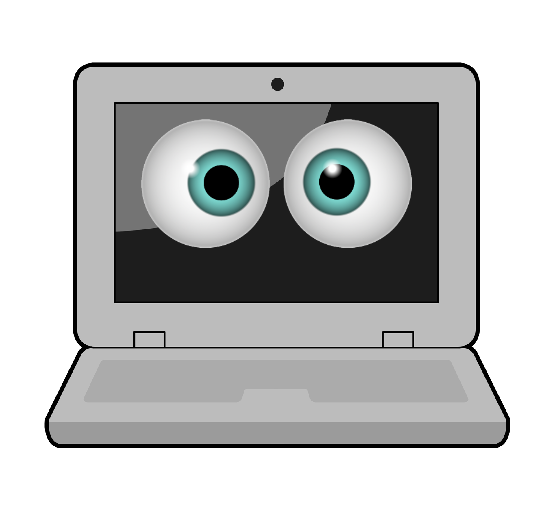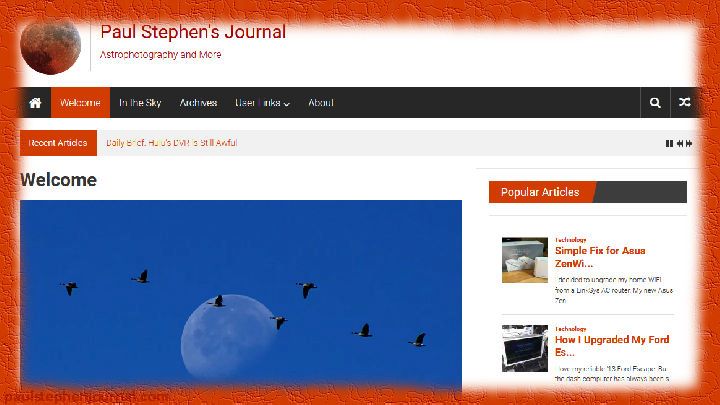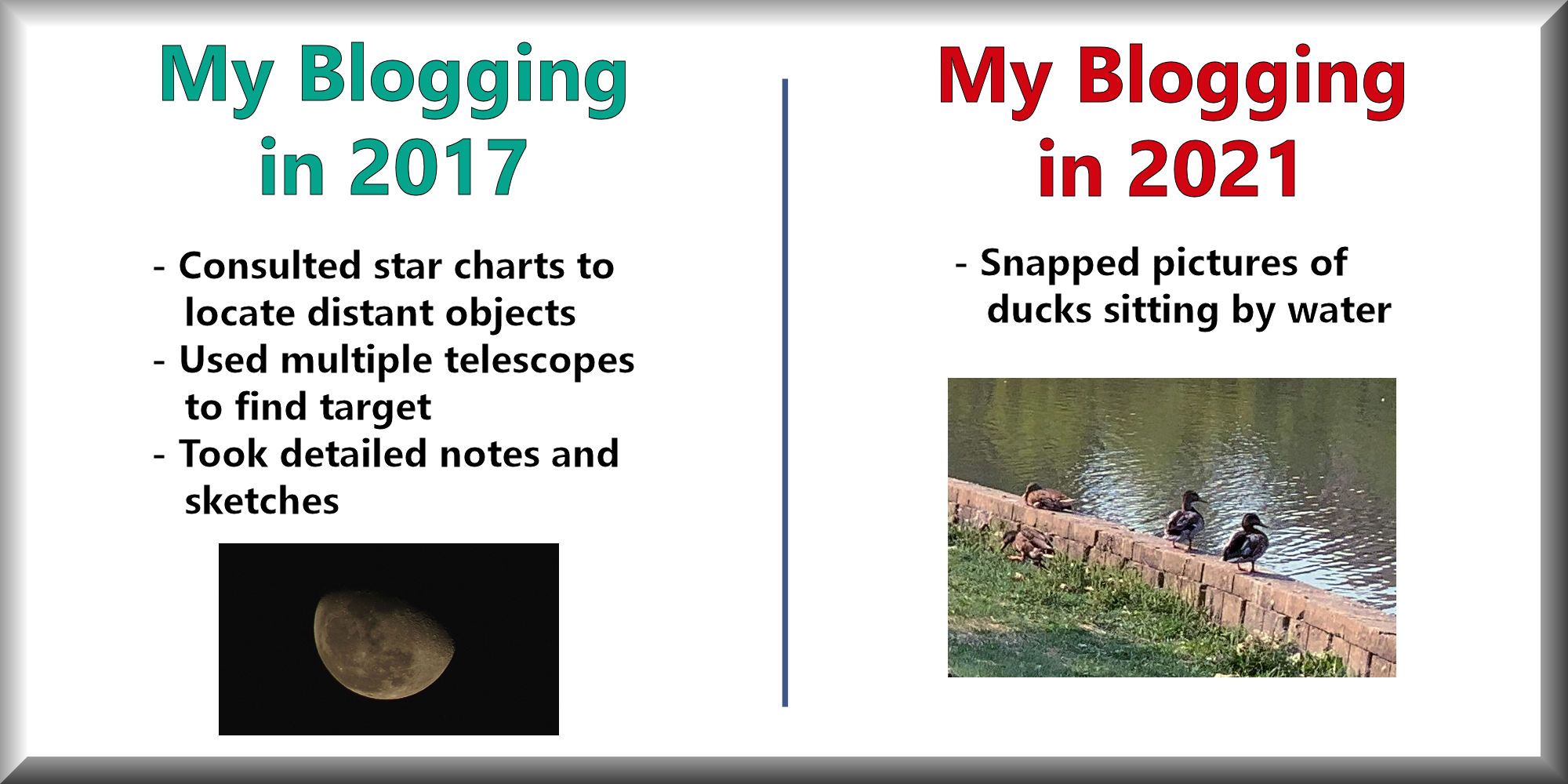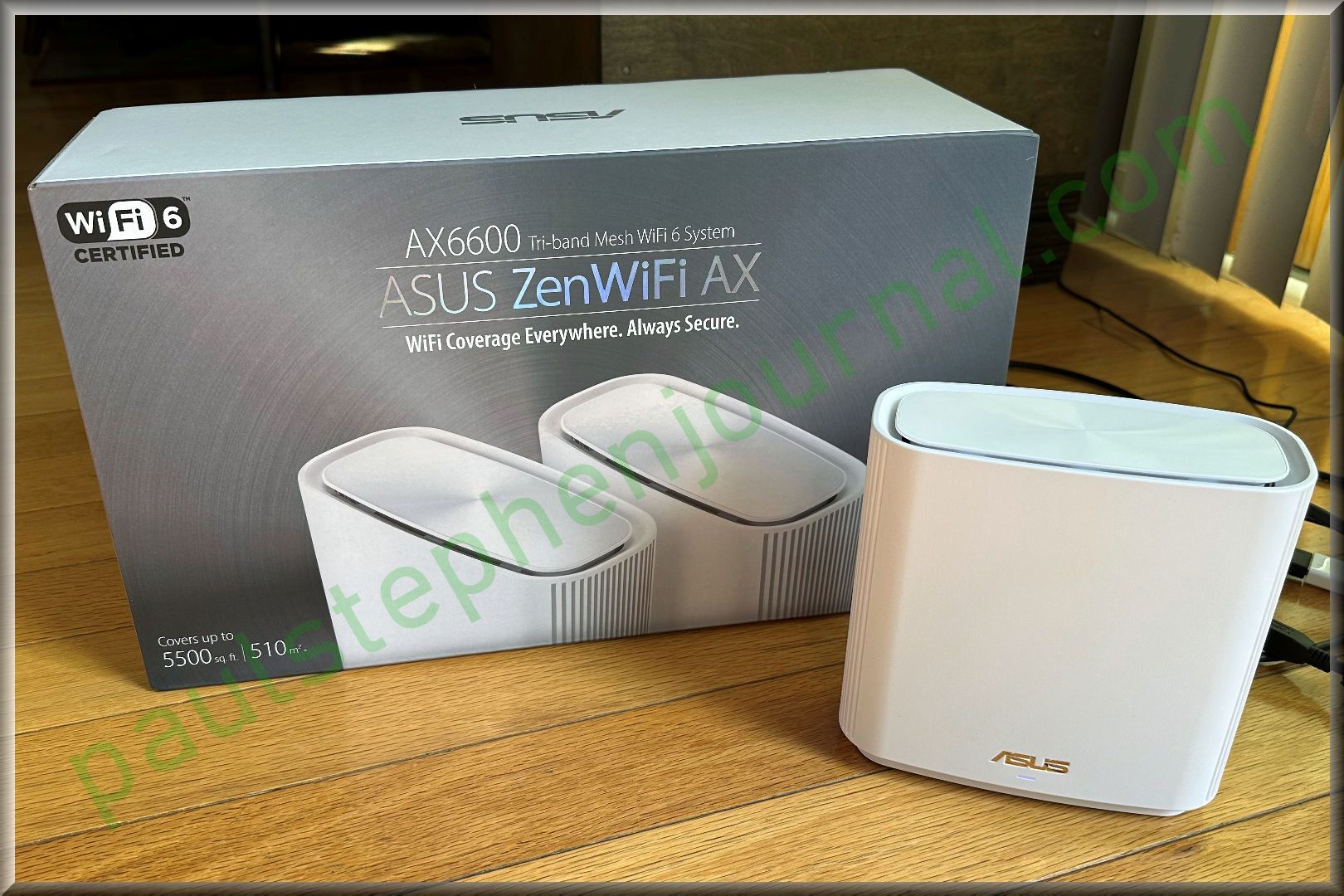I am not a photographer. I don’t even consider myself an amateur photographer. I consider what I do to be an incredibly small niche in the large field of camera work.
I am not an astronomer. I wouldn’t even consider myself to be an amateur astronomer. I may strive to have a basic level of proficiency to allow for that designation, but I don’t feel I am there. I only know that there is much I don’t know about stargazing and astronomy and even astrophysics.
I am not a blogger. At least, it normally doesn’t feel that way. I’ll read bloggers that can explain details better than me, or can express their thoughts and motivations in ways I cannot, or simply can engage and interest their readers like I never have, and it ends with me questioning what I have to offer at this site.
A non-photographer taking pictures in a hobby he knows little about, and then writing about it all in a venue not his forte!
I’ll take it as a leap of faith that we all have such doubts, all the time, whether it be in our hobbies, or jobs, or relations. The real question becomes, what lengths are you willing to go to improve your deficiencies?
Arguably more importantly, do you know how to set your own limits towards achieving those goals?
Anyone who has dabbled in photography knows that it is affirmatively a money sinkhole. There is always a better camera, lens, filter, tripod, or other miscellaneous accessory that, if you just get that one more item, it will make you so much better a photographer!
In astrophotography it is worse, as there is always a better telescope or Barlow or tracking mount than is going to make your images all the better.
This mode of thinking is extremely easy to fall into line with. It offers a material gratification with minimal effort on your part to improve your end results.
The problem, though, is that this is an acute focus on materialism. No purchase of equipment will improve your own skills or your understanding of a field of knowledge. You will gain some marginal expertise in operating the equipment, but there is also going to be diminishing returns as you spend more and more.
A danger is that the need to improve yourself will be supplanted by the false goal of improving the performance of the equipment.
Another hobby I rarely mention is that I play the guitar. I have been playing for less than a decade. I’m probably more than a novice at this point, but I merely play for the sake of playing, and continue to learn new techniques as I can. I own two guitars, an acoustic Alvarez that I bought for around $300 and an electric Squier Bullet Strat, which is essentially your lowest-tier Stratocaster.
How do I make the guitars sound better? If I had the option, I could hand the Bullet Strat to Eric Clapton to play, and it would sound amazing! Conversely, I could replace it with a $3000 Gibson and let myself play it. I’m sure the new guitar will sound fractionally better than my current entry-level Strat, but is that worth the price?
There are times that you should spend money on new equipment. I started guitar on a sub-$100 training acoustic, and I held onto it for far too long, about three years. When I bought the Alvarez, the difference in playability and sound was noticeable, making that first guitar feel like a toy.
My equipment for astrophotography may be in about the same situation. I’ve been using a Canon EOS SL1 for my lunar, planetary, and wide-field images of the night sky. That EOS model is quite old now and was stock entry-level to begin with. Its sensor size is small compared to its modern counterparts. And if you know about photography equipment, the SL1 doesn’t even have a full-frame sensor, almost considered a must-have for astrophotography.
So with the exception of my smartphone images, everything on my blog was taken with this sub-par DSLR camera. I know that, in many ways, its an achievement to produce images of objects hundreds of millions of miles away. I’m also fully aware of the context of history, that even contemporary, feeble equipment is well beyond what was possible by professionals and amateurs decades ago. We should be thankful to live in such an era when deficient megapixels is such a concern.
Moreover, when it comes to astroimaging at the telescope, I don’t have a proper tracking system. Of my two telescopes, one rides on an Alt-Azimuth (simple up/down and left/right) mount and the other is a Dobsonian. Neither of these are geared for long-exposure photography.
So I am taking astronomical pictures with a camera not designed for astrophotography and telescopes not intended to track the night sky for imaging.
Recently, I came into a gift of several hundred dollars, and immediately my attention turned towards the photography money sinkhole. I could use that value to help upgrade my equipment! But what should I get? A new camera? New lenses? An equatorial mount?
I seriously considered getting a new full-frame digital camera. There were a number of problems, though, in leveraging all my existing equipment if I went this route. For one, the camera would be much heavier than my SL1, This would make use on my Dobsonian, which relies on proper telescope tube balance, far more difficult. It may also not work on the Alt-Az mount properly with that weight. And it would make several of my camera lenses obsolete as they are designed for the smaller APS-C sensor instead of full-frame, including my most expensive f/2.8 lens. I’d probably be looking at a few thousand dollars to get everything I would want for this arrangement.
I then thought about getting either an equatorial tracker for my tripod or a full equatorial telescope mount as a replacement for the Alt-Az mount. This too would require continual expenditures in such accessories as counterweights, and likely other items I had yet to consider. Plus, it would be a lot heavier than my current telescope tripod, and I would have to find the space for it. Likely, the needed mount/tripod would have started at $500-600 and gone up from there with accessories.
Well, how about getting both a new camera and a new equatorial mount! I imagined all the great new pictures I could make with that equipment. My award-winning interpretations of the Andromeda Galaxy felt within grasp!
I then paused. Do I really need all of this? Why isn’t my current equipment sufficient?
Hopefully you see, that when the door opens a crack, and you have an opportunity to spend some cash, it can quickly spiral into far more money spent, either now or later, which you may not have.
After considering all of these options for a few days, I did decide to buy a new camera. I didn’t go with a full-frame digital, but made a lateral move with the Canon EOS Rebel SL3. It’s still expensive but not anymore than I paid for the SL1 several years ago. Most importantly, it has a larger APS-C sensor than the SL1, along with other conveniences like a rotating LCD screen. Its weight is comparable to the SL1 as well, so it should work on my Dobsonian telescope just fine.
I also added a few more wide-angle lenses. In all, the total price tag was under $1000, which I could live with as a modest upgrade with a few small additions, that will allow me to leverage all of my other equipment as before.
Someday I may get a full-frame camera, and an equatorial mount, but for now, I would rather keep at my existing techniques while leveraging the bulk of the equipment I have already purchased over the last several years. It’s very important to stop, think, and assess the situation before throwing a lot of money at any endeavor, always remembering that you can’t buy happiness and gratification. You have to earn it.








